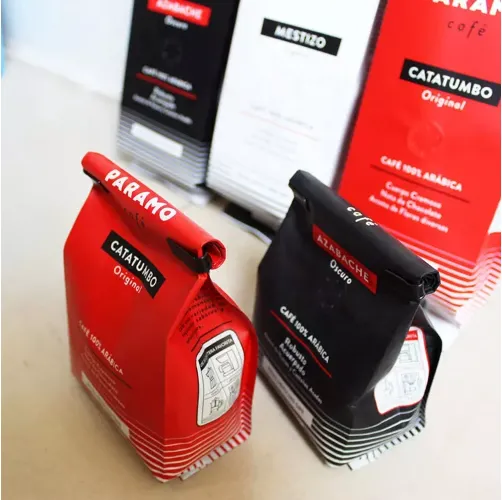- Afrikaans
- Albanian
- Amharic
- Arabic
- Armenian
- Azerbaijani
- Basque
- Belarusian
- Bengali
- Bosnian
- Bulgarian
- Catalan
- Cebuano
- chinese_simplified
- chinese_traditional
- Corsican
- Croatian
- Czech
- Danish
- Dutch
- English
- Esperanto
- Estonian
- Finnish
- French
- Frisian
- Galician
- Georgian
- German
- Greek
- Gujarati
- haitian_creole
- hausa
- hawaiian
- Hebrew
- Hindi
- Miao
- Hungarian
- Icelandic
- igbo
- Indonesian
- irish
- Italian
- Japanese
- Javanese
- Kannada
- kazakh
- Khmer
- Rwandese
- Korean
- Kurdish
- Kyrgyz
- Lao
- Latin
- Latvian
- Lithuanian
- Luxembourgish
- Macedonian
- Malgashi
- Malay
- Malayalam
- Maltese
- Maori
- Marathi
- Mongolian
- Myanmar
- Nepali
- Norwegian
- Norwegian
- Occitan
- Pashto
- Persian
- Polish
- Portuguese
- Punjabi
- Romanian
- Russian
- Samoan
- scottish-gaelic
- Serbian
- Sesotho
- Shona
- Sindhi
- Sinhala
- Slovak
- Slovenian
- Somali
- Spanish
- Sundanese
- Swahili
- Swedish
- Tagalog
- Tajik
- Tamil
- Tatar
- Telugu
- Thai
- Turkish
- Turkmen
- Ukrainian
- Urdu
- Uighur
- Uzbek
- Vietnamese
- Welsh
- Bantu
- Yiddish
- Yoruba
- Zulu
Choking Risk Warning for Small Objects and Toys Safety Awareness
Understanding the Choking Hazard Sign A Call for Awareness and Safety
In our daily lives, we often come across various warning signs that alert us to potential dangers. Among these, the choking hazard sign serves a critical function, particularly in homes and environments where children are present. This article delves into the significance of the choking hazard sign, the situations it pertains to, and the necessary precautions we can take to ensure safety.
What is a Choking Hazard Sign?
A choking hazard sign is typically designated to indicate that certain objects are unsuitable for children under a specific age due to the risk of choking. These signs are found on packaging, in advertisements, and in public spaces, primarily highlighting toys, small items, and foods that could pose a risk if accidentally ingested by young children. The sign often features a graphic of a small object alongside a child, serving as a visual reminder for parents, caregivers, and manufacturers about the potential dangers that these small parts present.
Importance of Awareness
Children are naturally curious and often explore their surroundings by putting objects in their mouths. Therefore, being aware of choking hazards is crucial for their safety. According to estimates from health organizations, choking is one of the leading causes of injury and death for children under three years old. Items such as small toys, marbles, coins, and even specific foods like grapes or nuts can become choking hazards if not properly monitored.
The prevalence of choking incidents has prompted regulatory bodies to establish guidelines regarding labeling and safety standards for products aimed at young children. The choking hazard sign is a part of these regulations, ensuring that parents are alerted to the dangers associated with certain items.
Recognizing Choking Hazards
Understanding what qualifies as a choking hazard is vital. In general, any object that can fit entirely within a toilet paper roll is considered a choking risk for young children. This includes small toys, battery-operated gadgets, and even household items. Parents and caregivers should conduct regular checks around the house to identify potential choking hazards and ensure they are safely stored out of reach of children.
choking hazard sign

Additionally, food items can also pose choking risks. Foods that are hard, round, and sticky are particularly dangerous. For example, items like whole grapes, popcorn, and hot dogs should be cut into manageable pieces before being given to children. Educating caregivers and children about safe eating practices is paramount in minimizing choking risks.
Prevention Measures
Preventing choking accidents starts with awareness and proactive measures. Here are some key strategies
1. Supervision Always supervise young children while they are eating or playing with toys. Close oversight can help quickly address any potential choking incidents. 2. Educate Teach older children about the dangers of putting non-food items in their mouths. This can cultivate a sense of responsibility and awareness among siblings.
3. Safe Toy Selection Choose age-appropriate toys and always look for choking hazard warnings on packaging. Selecting toys that are larger than the choking hazard size is a simple yet effective precaution.
4. Emergency Response Knowing how to respond in the event of a choking incident can save lives. Caregivers should familiarize themselves with first aid techniques, including how to perform the Heimlich maneuver and other lifesaving procedures.
5. Regular Checks Conduct regular checks in play areas and ensure that any small items are picked up and safely stored away.
Conclusion
The choking hazard sign serves as an essential reminder of the potential dangers lurking in our everyday environment. By being aware of what constitutes a choking hazard and taking proactive steps to mitigate risks, we can create a safer space for children to explore and learn. Ultimately, vigilance, education, and preparedness are key in protecting our most vulnerable population from choking incidents. Awareness of choking hazards is not just a parental duty; it is a community responsibility that requires collective action and commitment.













